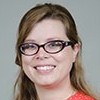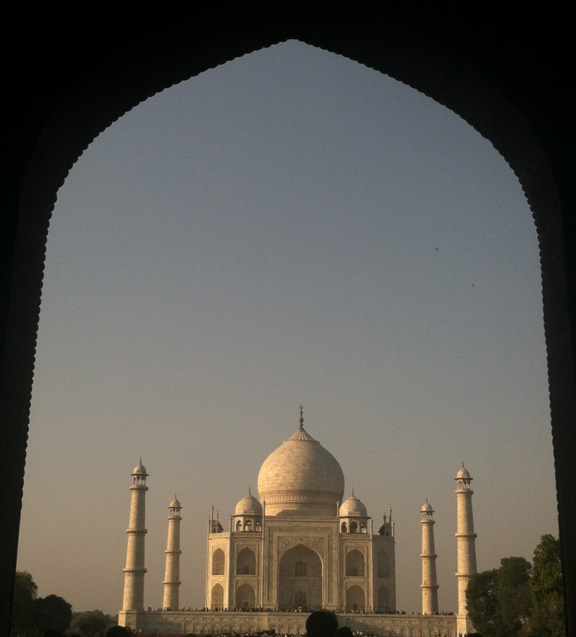 Over Spring Break, Jay Sinnard, manager of the Student Technology Resources Center (STRC), is traveling with a class to provide media support as they record testimonials as part of their class project.
Over Spring Break, Jay Sinnard, manager of the Student Technology Resources Center (STRC), is traveling with a class to provide media support as they record testimonials as part of their class project.
Over the course of their trip, Jay and the students will share on this blog some of their observations, images and video from their travels. Check back often…
From Jay:
Had lunch at a five star restaurant (American standards). Took a 3-hour bus ride to Taj Mahal area. First, we went to a large fort (red fort) in the area . Then went to Taj Mahal – the pictures say it all…amazing…

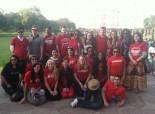
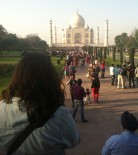
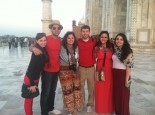
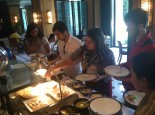
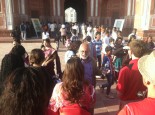
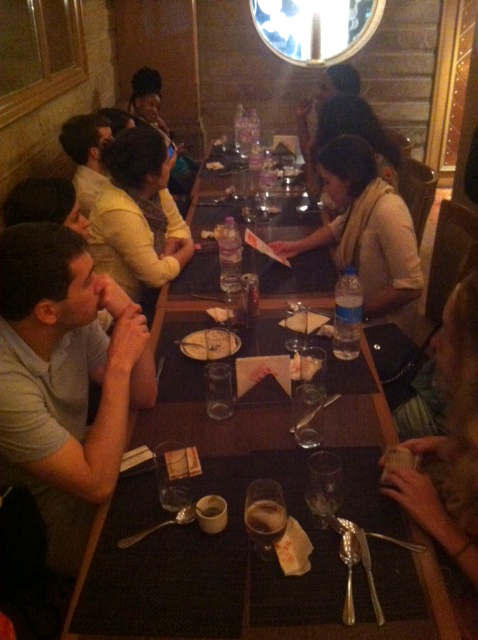
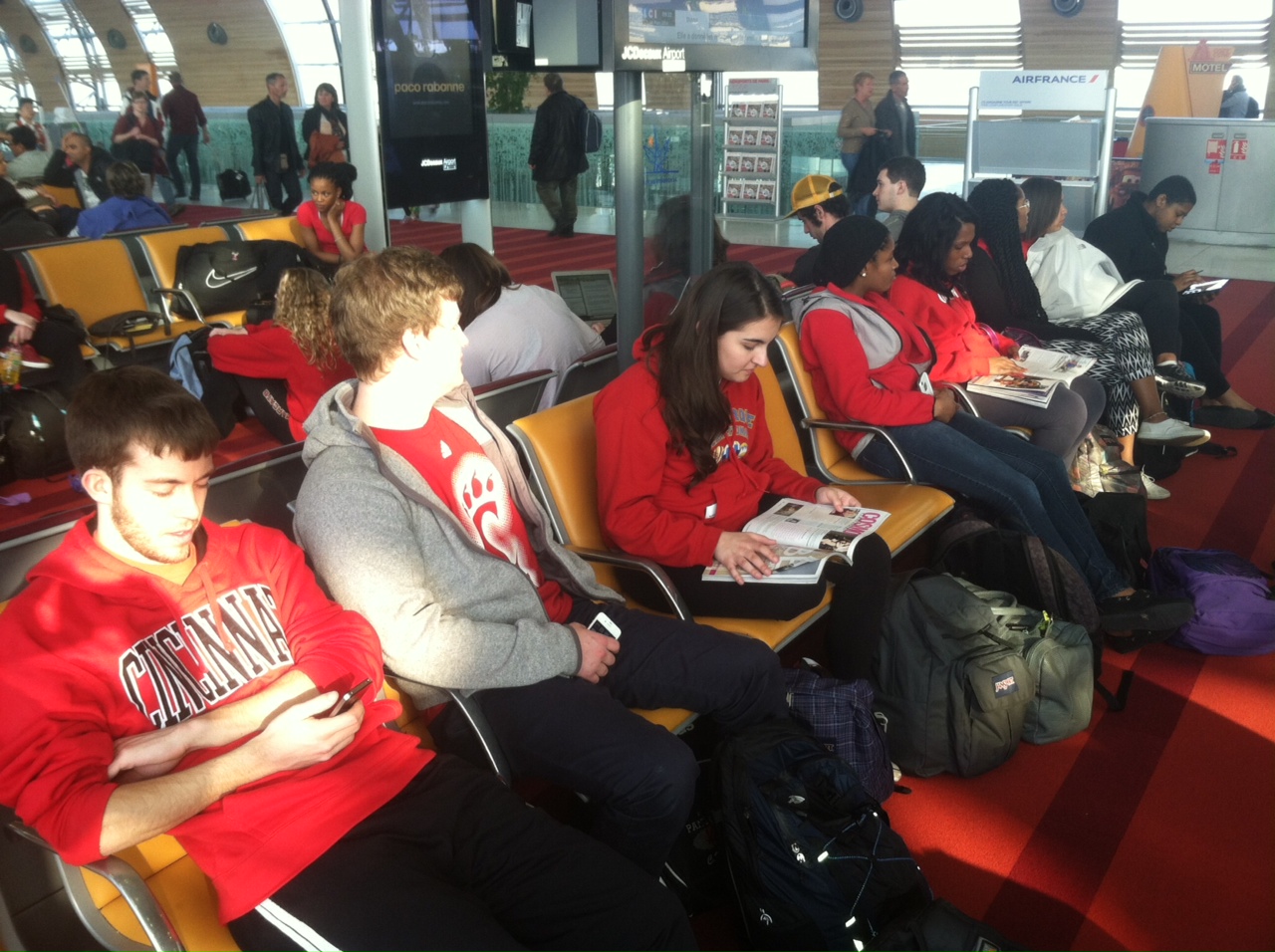
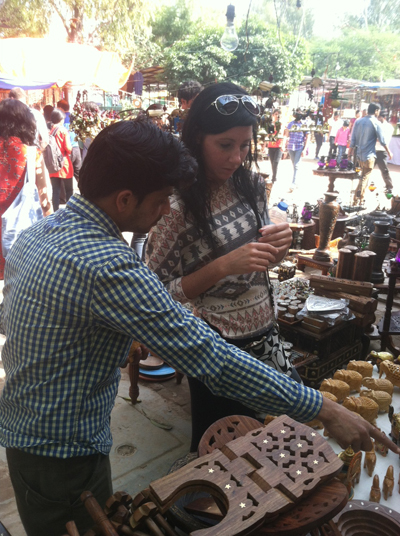
 Day 1:
Day 1: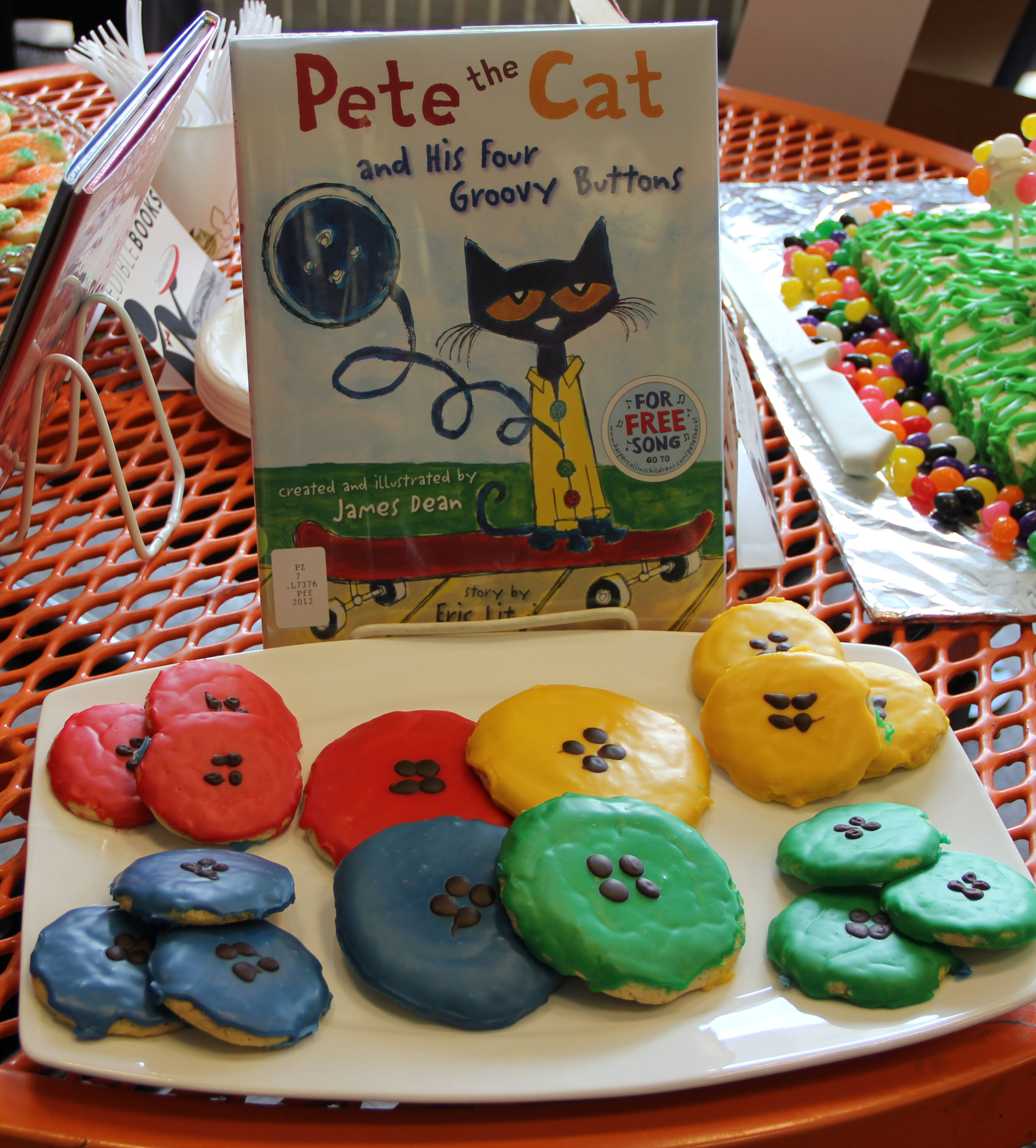 Books Good Enough to Eat!
Books Good Enough to Eat!

